Because remembering what makes you feel good shouldn’t feel like a chore
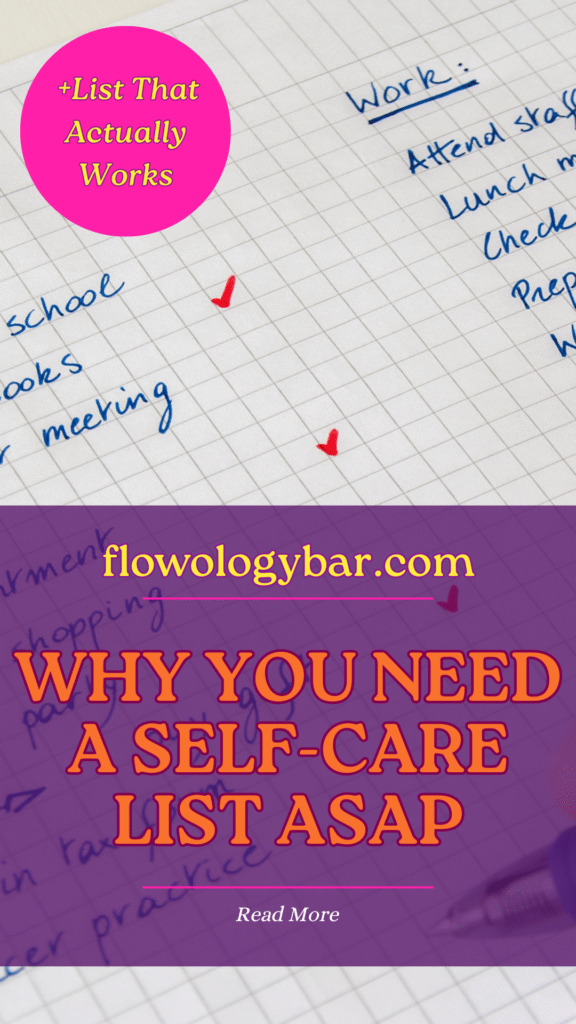
“This post contains affiliate links. As an Amazon Associate, I earn from qualifying purchases at no extra cost to you.”
When I first started exploring self-care, I honestly didn’t know where to begin. I thought it had to look like spa days and yoga retreats — neither of which were accessible (or realistic) at the time. What I really needed was something simple, grounded, and repeatable.
After reading The Art of Extreme Self-Care by Cheryl Richardson, something clicked. I realized I didn’t just need time for self-care — I needed a self-care list. So I created my own Spirit Care Emergency Checklist. A list of songs that make me feel good, activities I enjoy, grounding practices I can reach for when I’m overwhelmed, and tiny rituals that help bring me back to myself.
Now, when I feel burnt out or emotionally at capacity, I don’t have to think. I just reference the list.
And that alone has saved me from spiraling more times than I can count.
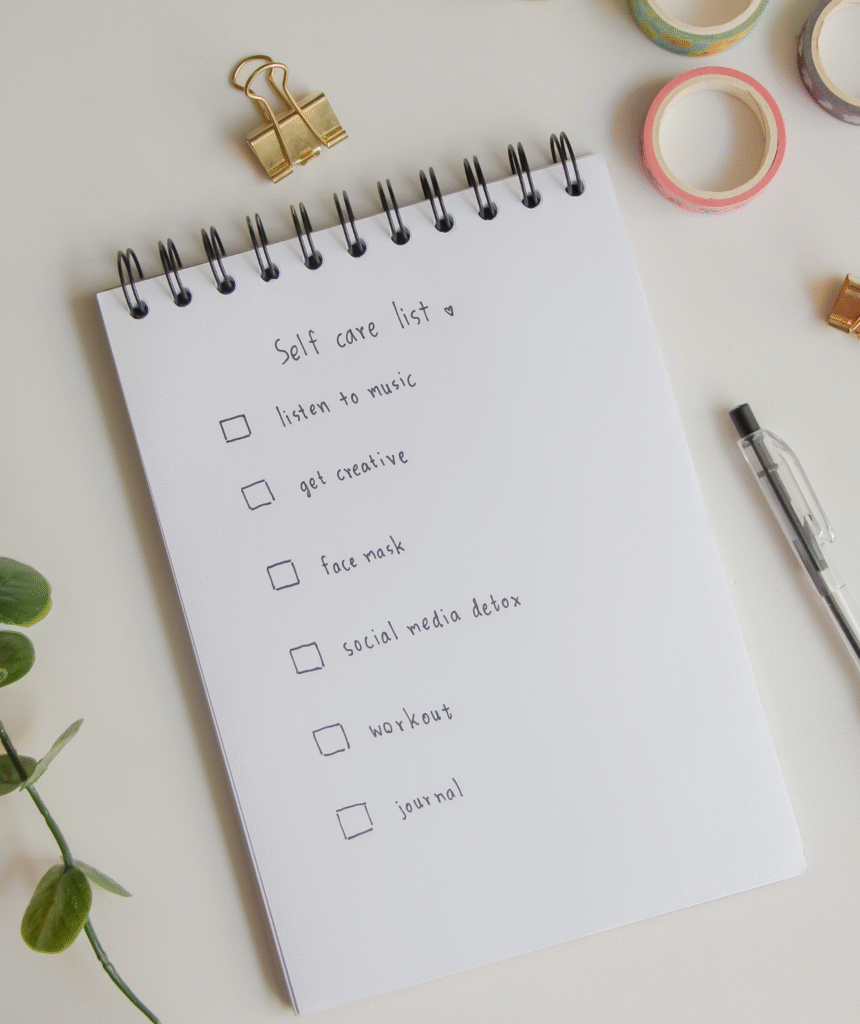
1. Your Brain Doesn’t Work the Same When You’re Burnt Out
When you’re emotionally exhausted or overstimulated, your brain isn’t in decision-making mode — it’s in survival mode. You might forget what helps. You might not want to do anything at all. That’s where a self-care list becomes a life raft.
It takes the guesswork out of healing.
It gives you options without pressure.
It’s a love note from your grounded self to your overwhelmed self.
📚 Tip: Keep your list in multiple places — your journal, phone notes, and even on your fridge.
2. A Self-Care List Brings You Back to the Basics
Your list doesn’t have to be fancy or filled with expensive items. In fact, the best self-care lists often include the smallest things:
- A favorite cozy playlist
- Your go-to tea or scent
- A 5-minute breathing technique
- Stepping outside barefoot
- Texting a specific friend
- Coloring, stretching, or watering your plants
These aren’t luxury acts. They’re nourishment.
🛍️ Suggested add-ons: A beautiful self-care notebook, essential oil roller, or adult coloring book for easy wins.
3. You Can Personalize It to Fit Your Mood or Energy
One of the best things about a self-care list is that it can reflect the different versions of you. You might want a slow bath one day and a dance break the next. Here’s how I break mine down:
- Low-energy care: naps, lavender spray, journaling, warm tea
- Medium-energy care: cleaning with music on, solo walks, baking
- High-energy care: dancing, decluttering a space, deep cleaning with incense burning
When you know what to reach for at each level, you’re more likely to actually do it.
📚 Bonus idea: Add emojis or colors next to each item on your list to match your energy tiers. AI can do this for you easily.
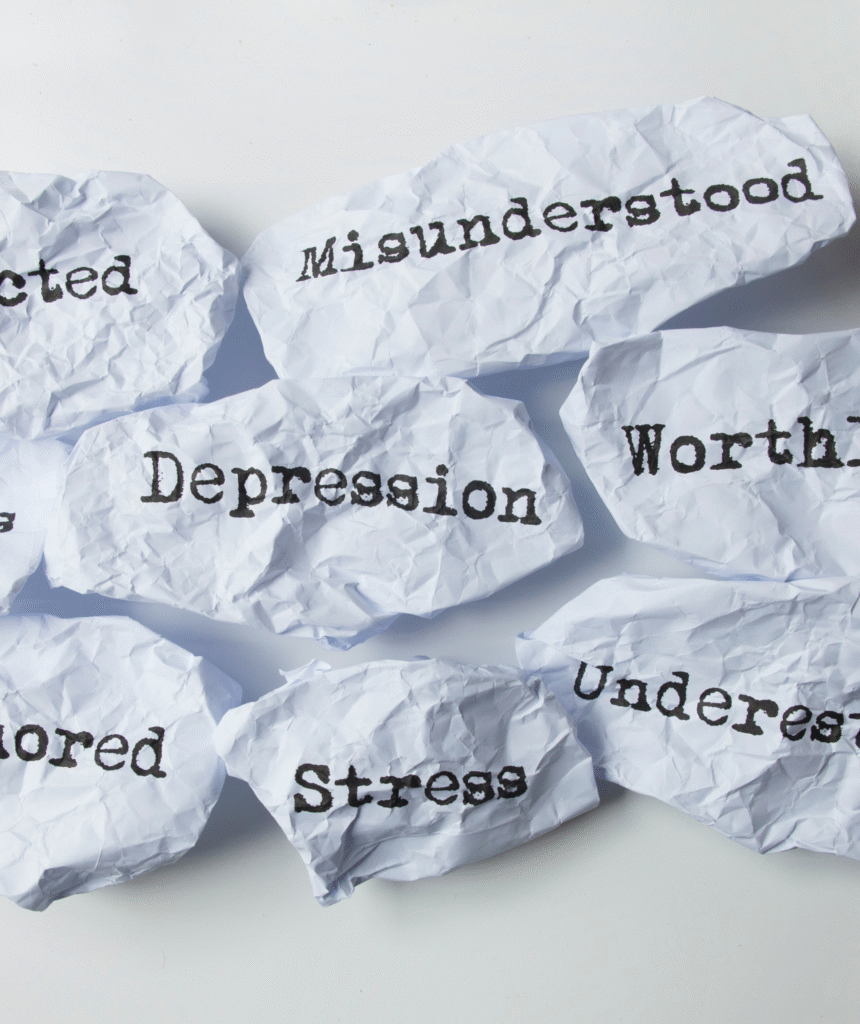
4. It Supports Your Emotional Regulation
Creating a self-care list is also an emotional intelligence tool. It helps you notice your patterns, identify your needs faster, and move from reaction to reflection.
When you’re overwhelmed, ask:
What part of me needs support right now?
Then, check the list.
Whether it’s rest, movement, solitude, or connection — you’ll have options.
5. It Makes Self-Care Feel More Accessible and Less Performative
Self-care isn’t one-size-fits-all. It doesn’t have to be aesthetic or social media-worthy.
What matters is that it works for you.
Your self-care list helps you reconnect to what genuinely feels good, not what looks good.
You’re allowed to have finger foods, affirmations on your mirror, or “watch something funny on YouTube” on your list.
If it shifts your mood in a healthy way — it counts.
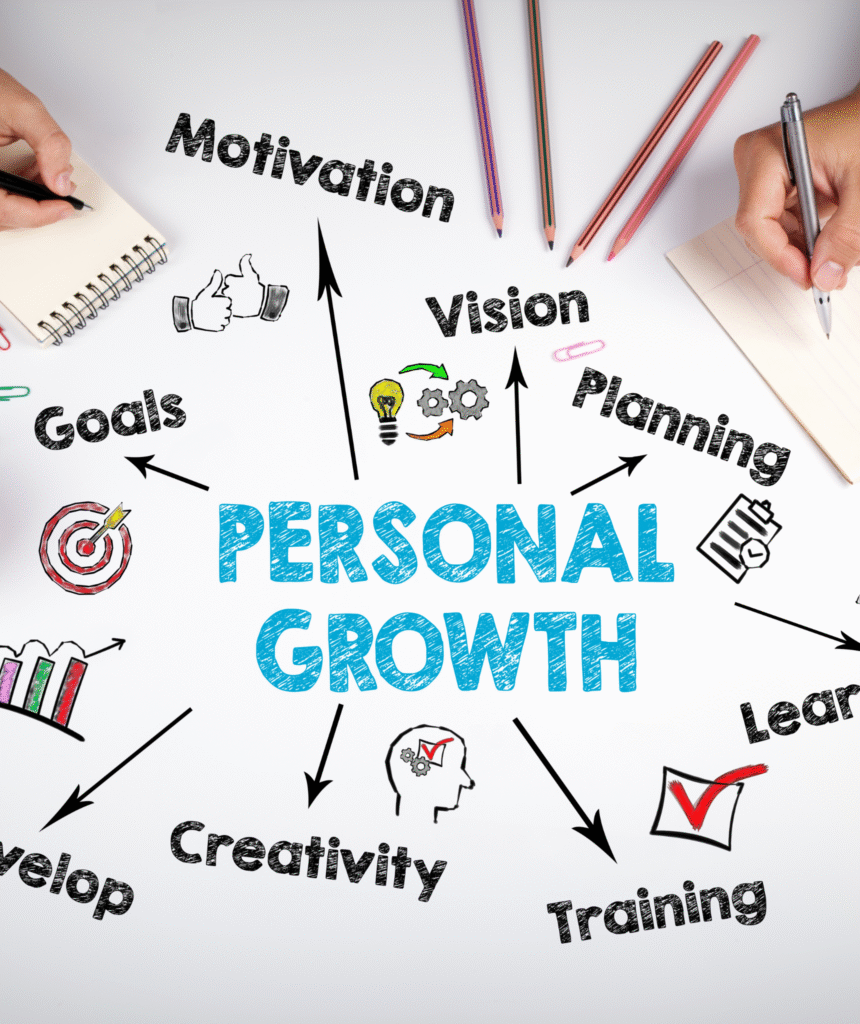
6. You Can Revisit and Revise It As You Grow
What calms you today may not serve you six months from now. Your list should evolve as you do.
Revisit it every season or whenever you enter a new life chapter. Add new music, rituals, or tools that reflect the version of you you’re becoming.
And if you’ve never made one before, here’s a loving place to start:
- What are 5 songs that lift your mood?
- What 3 activities make you feel like yourself again?
- What’s something you can do in under 5 minutes that helps you reset?
📚 Want help? I’m happy to share my original Spirit Care Emergency Checklist — just let me know, and I’ll drop it into a blog freebie or printable.
7. It Helps You Teach Your Kids (and Others) How to Regulate Too
One of the unexpected blessings of having a self-care list is that it models emotional intelligence for your family.
Your kids watch you pause, choose, and reset — and they begin to learn how to do the same.
You can even co-create lists with them:
- “What helps you feel better when you’re upset?”
- “What’s something small that helps you calm down or feel proud?”
Your list becomes legacy.
Not just for survival — for emotional fluency across generations.
8. It Gives You a Sense of Control in the Chaos
When life feels unpredictable, even having a short list of grounding rituals can make the difference between spiraling and staying centered.
You might not be able to control your schedule, your inbox, or your child’s latest mood — but you can play your go-to song, light incense, or drink tea from that mug that reminds you who you are.
Your list gives you options.
And in the middle of chaos, options feel like power.
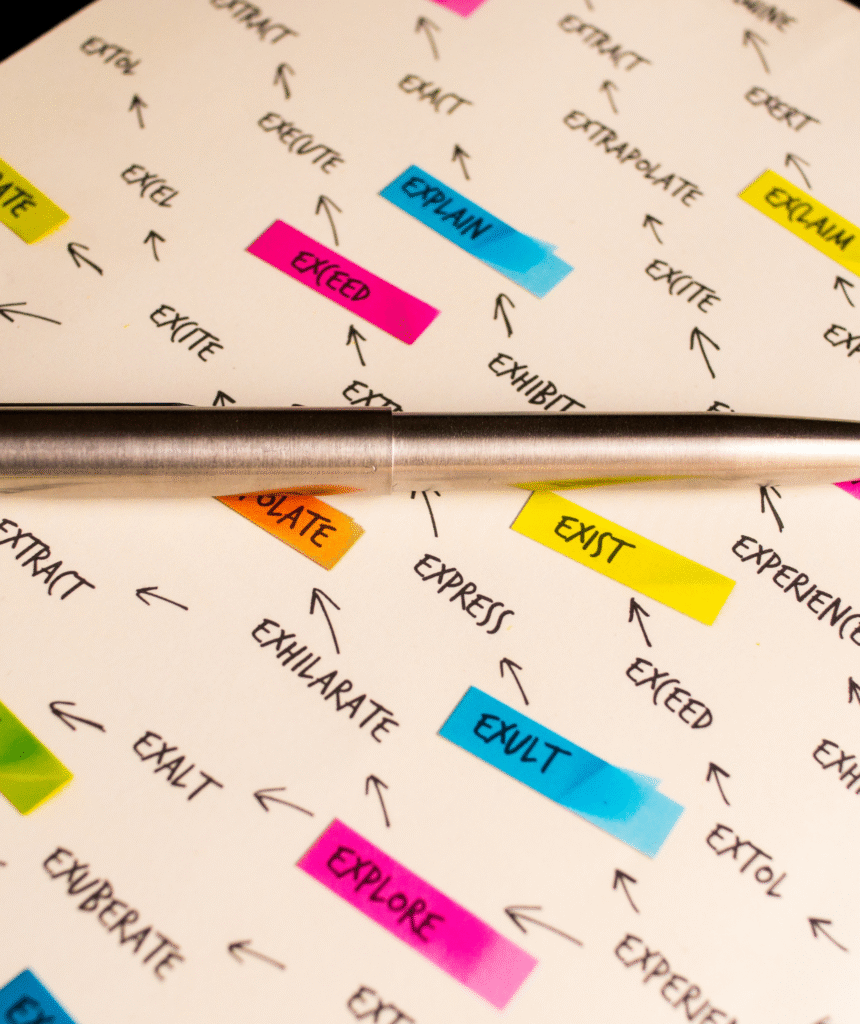
Final Thought
You don’t need a complicated plan to take care of yourself.
You just need a small reminder of what already soothes your soul.
A self-care list is a powerful way to honor that.
Because when life gets loud, it’s not about having all the answers — it’s about having a list that helps you return to yourself with ease.
Leave a Reply